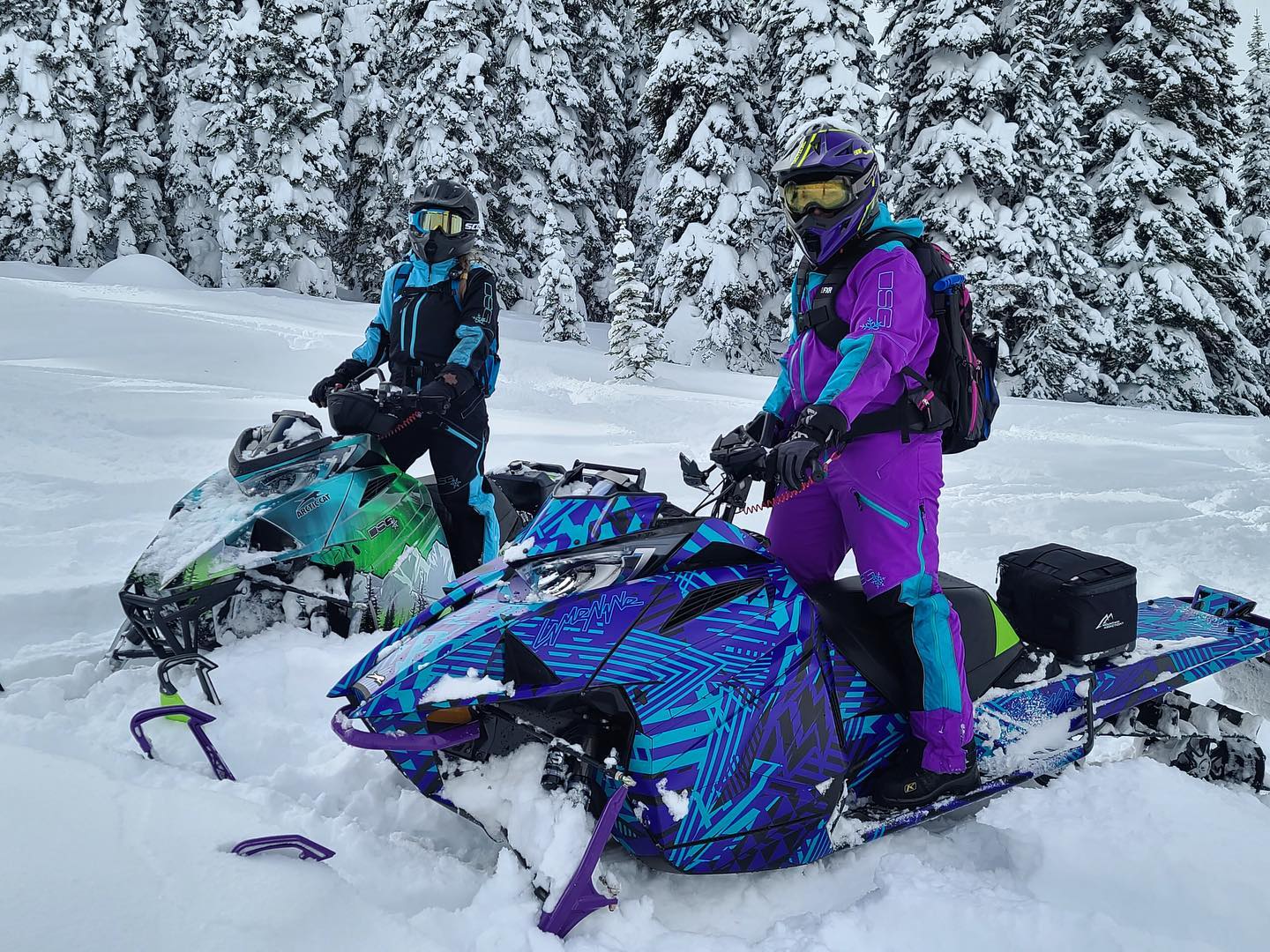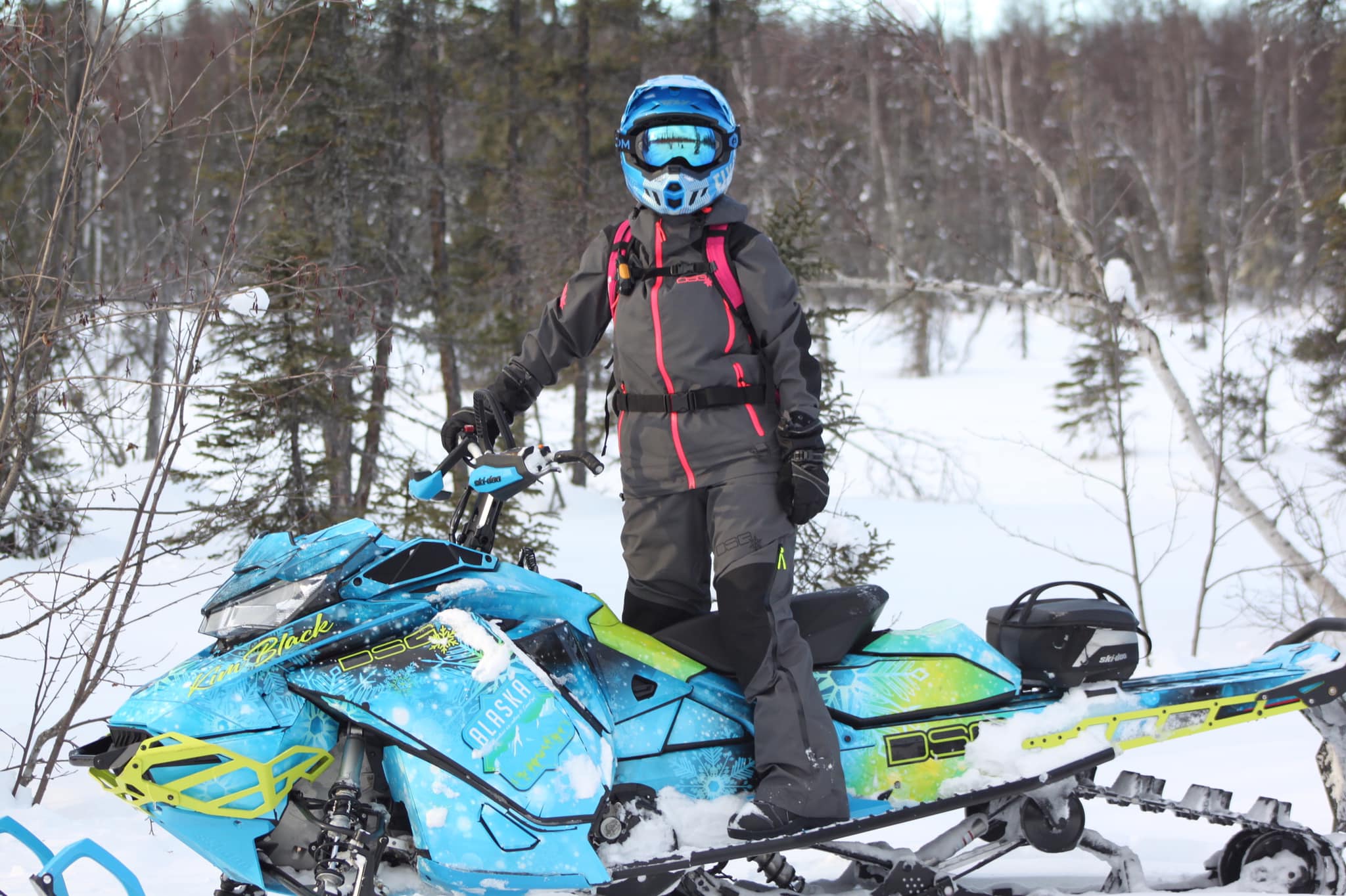Basic Snowmobile Maintenance During the Winter Season
Posted by Samantha Simma on Feb 22nd 2022
While you can rely on your collection of DSG snowmobile gear to keep you warm, dry, and comfortable in winter conditions, can you rely on your machine with an equal amount of confidence? Especially after their first season on the snow, snowmobiles can become temperamental machines if not properly maintained. And while you can have a mechanic assist you with your maintenance schedule throughout the season, most of the tasks that fall on an in-season snowmobile maintenance checklist are easy to execute.
By investing some of your time in the regular maintenance of your snowmobile, you’ll not only improve the longevity of your machine, but your time on the snow as well.

Replenish Fluid levels
After each ride, it’s important to check all of your machine’s fluid levels. It’s not uncommon for a trenched track to throw a pebble in the direction of your engine—which has led to a coolant leak or two. Refill the reservoirs with quality fluids that align with your manufacturer's fluid recommendations (including fuel).
Assess the Drive Belt
A broken drive belt out on the trail can equate to a blown engine. Instead, before or after each ride, check the drive belt for wear and tear. You’ll be looking to see if the belt’s teeth are worn flat, there are signs of cracking, and any fraying of the edges. All of these are indications that the belt is wearing down. Periodically, you should also take the time to remove the belt and clean the clutch. A compressed air can should do the trick for removing light dust and debris.
Change Spark Plugs
Signs of a bad spark plug include engine misfires, rough idles, and loss of power. A compression test is needed to test the condition of spark plugs, but it’s also easy enough to carry some extra spark plugs in your pack and swap them out with a spark plug puller. While it may seem obvious, make sure you look up and purchase the correct spark plugs for your machine, as there are a lot on the market.

Smooth Skis, Sharp Carbides
Smooth ski bottoms and sharp carbides equate to the most controlled trail travel. Without their sharp edges, carbides won’t adequately slice through the trail’s surface. If your carbides are chipped, cracked, or bent, it can cause darting while steering your snowmobile down the trail. An easy, and relatively inexpensive replacement is more than worth it. Bonus points if you check your skis’ alignment and steering before or after each ride. A clipped rock in a powder field or a collision with your loading ramp can knock things off-kilter, causing you to fight your steering just to keep the snowmobile straight.
Check Your Track
Like tires on your car, the better shape your track is in, the better your snowmobile will move. It’s important to monitor the state of your track so that you can replace it before it fails, if needed. Rough terrain is especially hard on tracks, causing rips, tears, holes, and missing lugs. Tension and alignment of your track are also essential to your snowmobile’s ability to move through or over the snow. How to review these items is outlined specifically for your snowmobile in its owner’s manual.
How’re the Hyfax?
On the bottom of your snowmobile’s rails (part of its rear suspension), hyfax are strips of hard plastic creating a barrier between the track and rails. Their purpose is to protect the rails from wear from the track, and instead the hyfax wear down. Hyfax have a wear limit line that, once reached, indicates they need replacing.

Keep it Clean
Snow, sticks, brush, road salt…it’s crazy the amount of debris that can accumulate on your machine. Even if you can’t wash your snowmobile after every ride, do your best to remove all of the above from your snowmobile and its parts. Road salt especially—picked up during road crossings or during transport—can wreak havoc by causing rust and corrosion. While transporting your snowmobile, an enclosed trailer is the best protection from road grim, but if that’s not an option, make sure you have a well-fitted cover for your machine.
Wear and Tear
A visual inspection before and after each ride will help you look for and identify general signs of wear and tear on your snowmobile. This would include looking at the suspension, snow flap, lights, and recoil cord. While these items may seem minimal, each contributes to the overall performance of your machine. If you fix these problems as they arise, maintaining your snowmobile throughout the season should be a relatively easy investment of your time and money.

